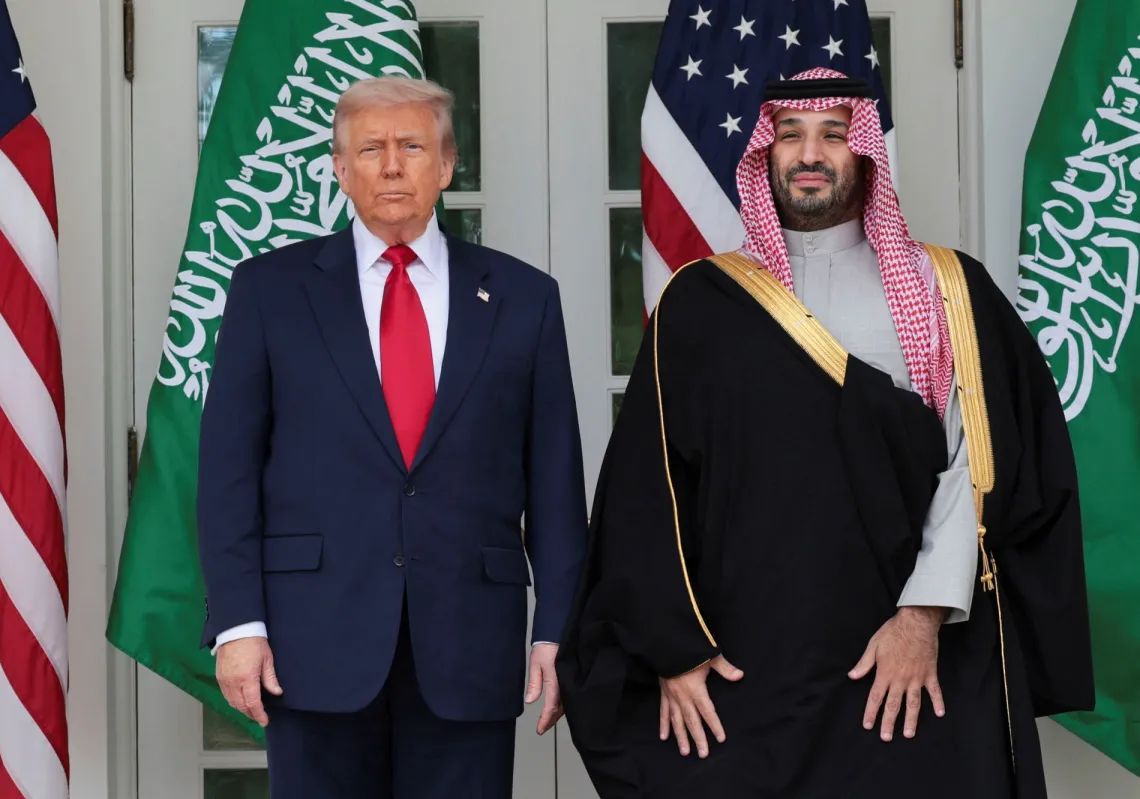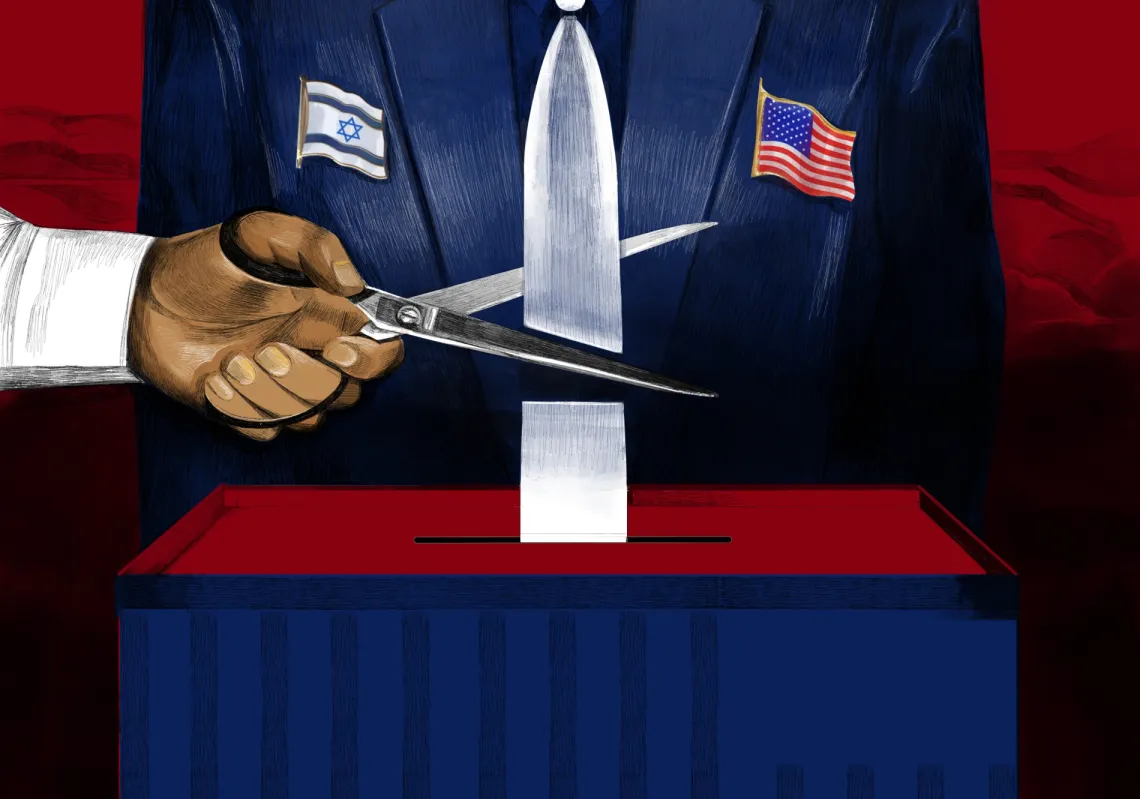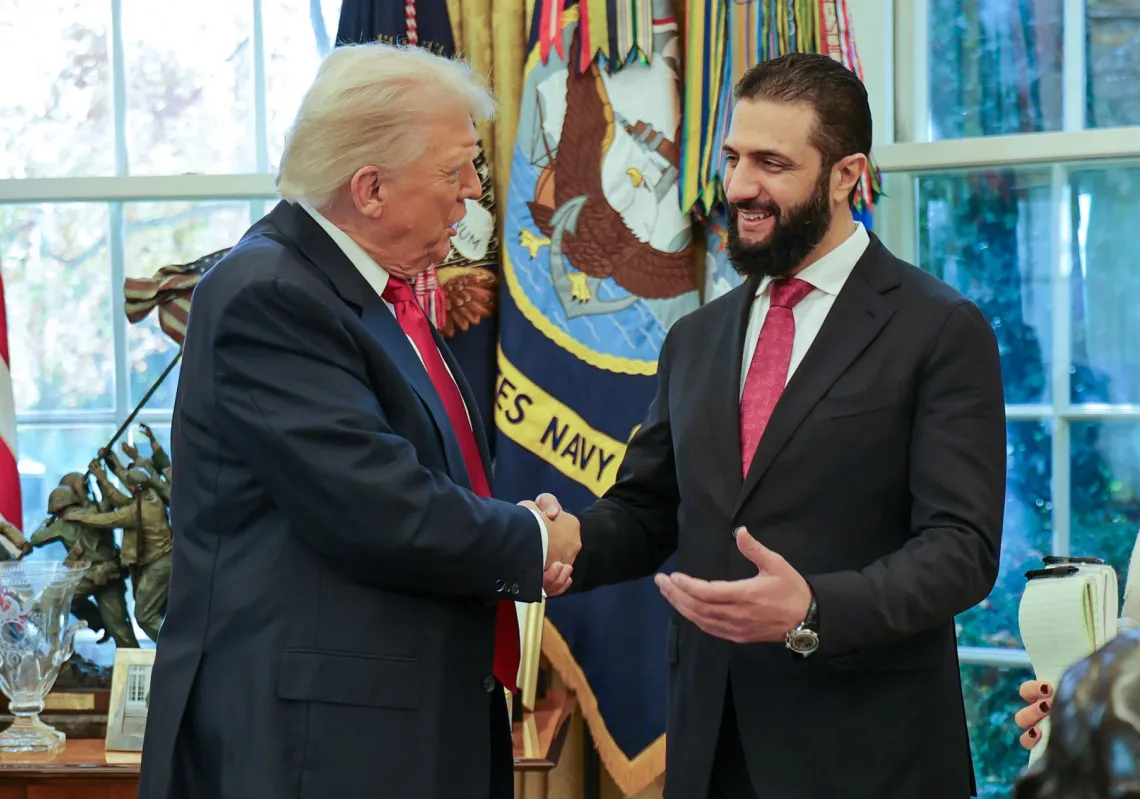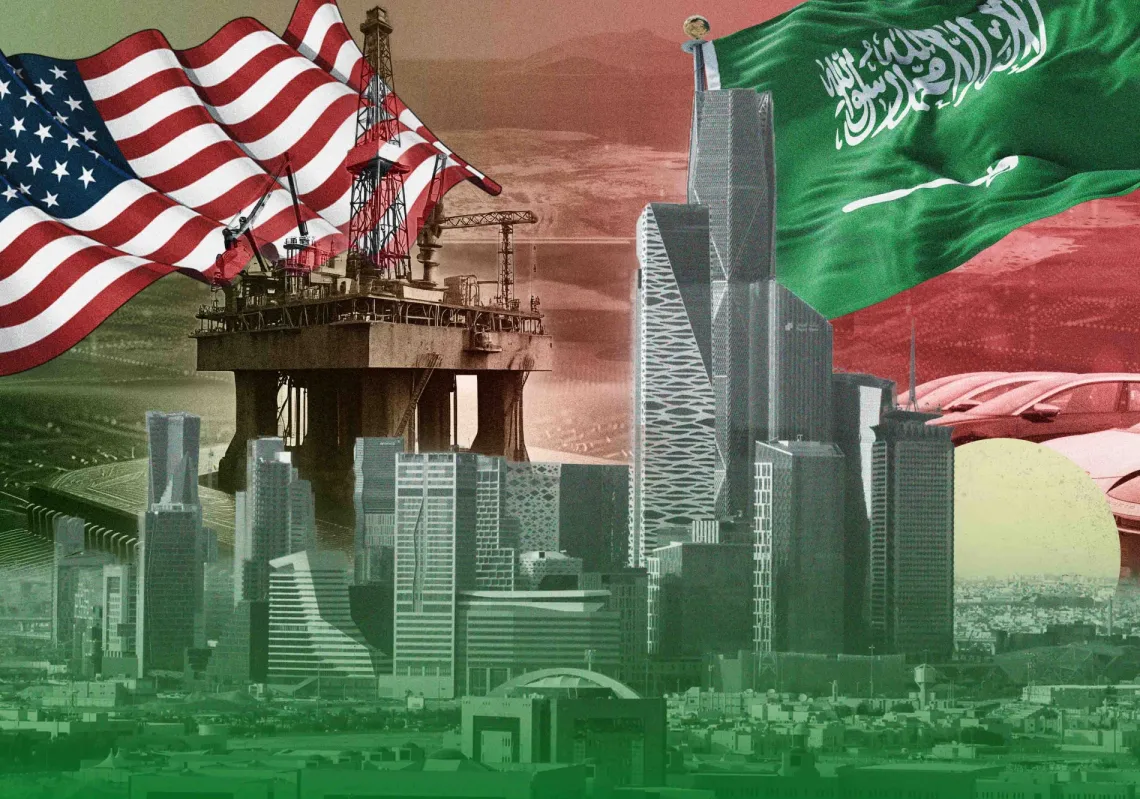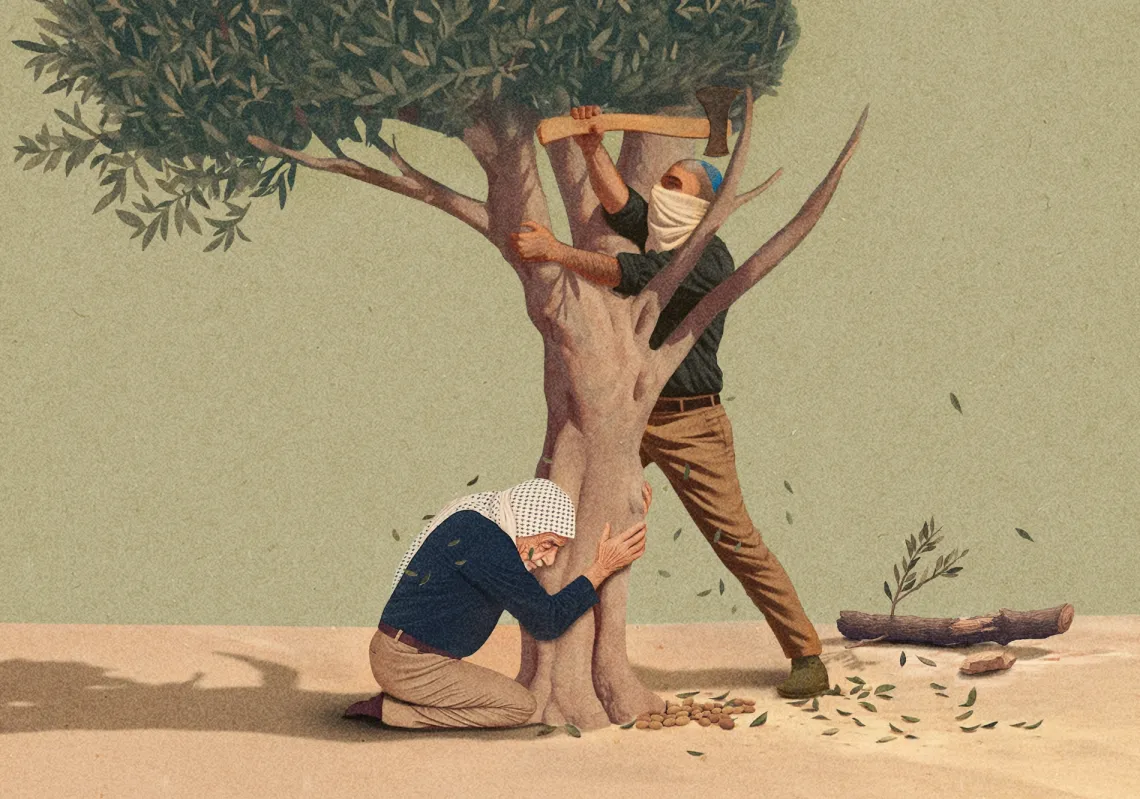Hundreds of Iranian demonstrators have been killed in recent weeks as the country’s largest protest movement in a generation shows no signs of dying down. The grievances that lit the fire have morphed and grown. What began with the killing of a young Kurdish woman by Iran’s morality police, who had arrested her for not wearing a hijab, has spread both geographically and philosophically. What started as headwear is now about the country’s system of governance and the feeling among ethnic minorities that their lives are worth less. Kurds have been at the forefront of the protests. Across the border, in Iraq’s autonomous northern Kurdistan region, the head of a militia comprising Iranian Kurdish fighters spoke to Majalla about the uprising and its implications.
As the nationwide unrest in Iran entered its second month, at least 250 protesters have been killed, including more than 30 children, with 10,000 arrested across 111 cities and towns. Hundreds of those arrested during the protests were sent to Iran’s notorious Evin prison in Tehran, where Human Rights Watch has for long accused the authorities of using threats of torture and denial of medical care. Most prisoners at Evin are political and most come from Iran’s ethnic minorities, so analysts were left horrified on 15 October when a suspicious fire broke out at the jail, killing at least eight prisoners and injuring dozens of others.

Iran’s top judge, Gholamhossein Mohseni Ejei, blamed the blaze on “agents of Iran’s enemy”, echoing an accusation from Iran’s Supreme Leader Ali Khamenei that Iran’s enemies (namely the US, Saudi Arabia, and Israel) were behind the demonstrations. Yet alongside this trio of usual suspects, Iranian leaders have also sought to lay the blame for the protests at feet of the Kurdish people. Not so, says Commander General of Kurdistan National Army, Gen. Hussein Yazdanpana, and the leader of Kurdistan Freedom Party (PAK), whose fighters have been engaged in an armed struggle against the Iranian regime for decades.
“The demonstrations and the uprising are the result of the regime's oppression and crimes against the people,” he says. “The people themselves have taken to the streets to end the occupation, repression, and looting. We support them, but we have not made any armed contributions. However, if we have been able to organise the people’s uprising against oppression and occupation, it is a matter of pride for us, and we have fulfilled our duty. We are no different from our people, our country, and our land. We are all members of a nation. The people know that we back them.”
Yazdanpanah’s fighters were targeted by Iranian missiles in an unprecedented barrage against the group’s bases near Erbil at the end of September, during which he lost 14 fighters, with another 58 injured. “Please don’t say unrest,” he implores. “Say the people’s uprising against occupation and oppression that has accumulated for four decades. The uprising has been going on for more than a month. Not only has it not retreated - it has grown and expanded. First [in] one city, the city of Zhina Amini, later it became two cities, now it covers the whole of Kurdistan and the whole of Iran… It’s clear that the people are rejecting the whole system. Their slogans are also directed at Khamenei. All the sacred things of the regime have fallen under the slogans of the people. There is no room left for any wing of the regime.”
He is correct to say that, in terms of geography, the uprising is now very large, and has spread like a wildfire, from the Kurdish regions to Tehran, from Baluchistan to Ahwaz. The Iranian regime has tried to create conflict and tension between Persians and the country’s minorities, as well as between minorities, such as between its Kurds and Azeris, but these efforts have failed, says Yazdanpanah.

“Unification is key in success,” he explains. “They [the protesters] are unified… The problem of the Kurds and Iran’s other ethnic groups is not just the current or future political system, but rather it is both the system and the model of the state. The system is a corrupt totalitarian system, and the state is not compatible with the population. It is a Persian nation-state with 12 Imams, while the population of the state is made up of six main ethnic groups: Kurds. Azeris, Persians, Arabs, Baluch’s and Turkmens. The Persians are sovereign. The rest are subjugated and oppressed under the policy of systematic assimilation.”
Observers based outside Iran, including human rights groups, say that since the uprising started, the heaviest state repression has taken place in Kurdistan and Baluchistan, but repression of minorities is nothing new in Iran, says the General. “Before the current uprising the Arabs of Ahwaz were severely attacked and repressed,” he says. “Kurds and Baluchi, as well as the Arabs of Ahwaz, have suffered much more at the hands of Tehran and its policies. Both Kurds and Baluchi took to the streets symbolically from the beginning. However, the regime security forces attacked them and opened fire on them. The highest number of martyrs and wounded are in Baluchistan and Kurdistan. The Iranian security forces have treated Kurds, Baluchi, and Arabs of Ahwaz as if they were foreign occupying forces.”
On the crackdown in Kurdish areas of Iran, Yazdanpanah gives several reasons. “First, the Iranian forces have a chauvinistic hatred of the Kurds,” he says. “Iranian state forces have the right to kill Kurds whenever they see it fit. Second, the Kurds have been at the forefront of rejecting the Mullah state and its political system. The Kurds did not vote for the Islamic Republic and never submitted to Tehran. Tehran has ruled Kurdistan by force of arms and militarism for the past four decades. Third, there is no accountability for any crime in Kurdistan. Any soldier is free to kill a Kurd. Fourth, they are killing Kurds in other parts of Iran to frighten people off the streets.”

The brutality of the Iranian security forces is increasing the longer the protest movement continues, he explains. “They started with a tapper [a weapon used for hunting] which hits, injures, and kills people in groups and masses. With this weapon, people are beaten like birds. Kalashnikovs and pistols are among the weapons used by state forces against unarmed people. The guns escalate in usage when the resistance is more. In some cases, snipers are used. Snipers go to the big bridges and from there they target the active people.”
So far, Kurdish fighters based outside Iran’s borders have not intervened. There are good reasons for this, says the General. “This is the people’s uprising. Let the people decide for themselves what they want to do. We do not want Tehran to find an excuse for more killings and more repression. But we support our people. We will bring their voice and colour to the world. We have put the Peshmerga forces in the Kurdistan Region at the service of the fight against ISIS and they are an important army in the fight against ISIS. We also have a battlefield at the southern gate of Erbil, against the forces of Hashd al-Shaabi and the Quds Army.”
On Iranian state motivation, he says: “They are not winning on the ground, and they are not deceiving anyone [either] in Iran or outside.”
It seems clear that as the demonstrations in Iran gather momentum, it is pitting the country’s women, youth, and ethnic minorities against one of the Middle East’s most oppressive police states, with somewhat inevitable violence, yet the mood on the streets continue feel revolutionary and defiant. The Iranian regime is facing its biggest political challenge in years and does not seem to know how to contain the protests. To divert the attention from the groundswell of anger in Iranian cities and towns, the authorities have sought to blame the conflict on forces outside its borders, hence its attack Kurdish bases Iraq on 28 September.

“Iran wants to demonstrate to the world that the protests are not relevant to what is happening inside the country and are instead driven by affairs from the outside,” says Yazdanpanah. “They are exporting this. They want the world’s attention to be taken away. It also aimed to destroy the armed wing of the Kurds in the east, the Kurdistan National Army. In October 2017, Iranian and Iraqi armies [Hashdi Shaabi] led by [the assassinated general] Qassem Soleimani attacked Erbil and the Kurdistan Region. Here, we and the Kurdistan Regional Government forces together prevented and defeated them. They still regret this failure and want to take revenge but [we] will not be destroyed by these attacks. Our roots are in East Kurdistan and in the hearts of our people. The units of our party and our army are in the cities and neighborhoods of our country, we are its offshoots. Even if they break the branches, what will they do with the roots?”
While the Kurdish fighters will not be broken, they still need better protection from international allies than they currently get, he says, arguing that criticism and sanctions against Iran’s morality police, as imposed by Western nations this month, simply doesn’t cut it. “It takes an important political stance, not a soft and conservative statement,” he argues.
“People have risen in more than 90 Iranian cities. It’s on the street. But the US and Europeans say they are monitoring the situation. As for their position on drone attacks, there is much more to say. How can the US and its allies remain silent about such an attack on a front of the fight against ISIS and on an army that has played an important role in the fight against ISIS? The Kurdistan Region is protected by them. Where is that protection? The commanders and Peshmergas of the Kurdistan National Army who were martyred were all fighters against ISIS. How should they respond to their allies in the fight against ISIS?

“Now the Kurds of the east need the political action of the international community. The Iranians will not spare the Kurds. They intend to suppress the Kurds so that there will be no breath of freedom in Iran. There is a threat of genocide against our people. Similarly, in southern Kurdistan, Iran is a threat to the Kurdistan region and our forces. Even the position of the allies is under threat. Iran is also a threat to the entire region. Decision-making states and the [UN] Security Council can protect both sides of Kurdistan. If they do not protect the Kurds, ISIS will revive again.”
The General says the international community should consider re-imposing a no-fly zone on the area, more than 20 years after another such zone was lifted, the first having been designed to deter Iraqi leader Saddam Hussein from attacking the Kurdish north. “The solution is to close our skies and to stop Iran from targeting us. Iran does not respect diplomatic relations, nor soft power. It only knows strength.
“I want our army to be armed with advanced anti-aircraft and anti-gun weapons. We are fighting terrorism, both group terrorism and state terrorism. We need weapons to protect our people from all forms of terror. The Revolutionary Guards, Iran’s main armed force, are recognized by the United States as a terrorist force. Wherever there is terror in the world, the head goes back to Tehran. So, we need weapons to fight both types. Let’s fight terrorism and ISIS and the Revolutionary Guards.”

As the interview draws to close, Gen. Yazdanpana is asked what he hopes to achieve. The answer is firm and immediate. “The right to freely decide the political destiny to my oppressed nation, an independent and democratic Kurdish State.”






